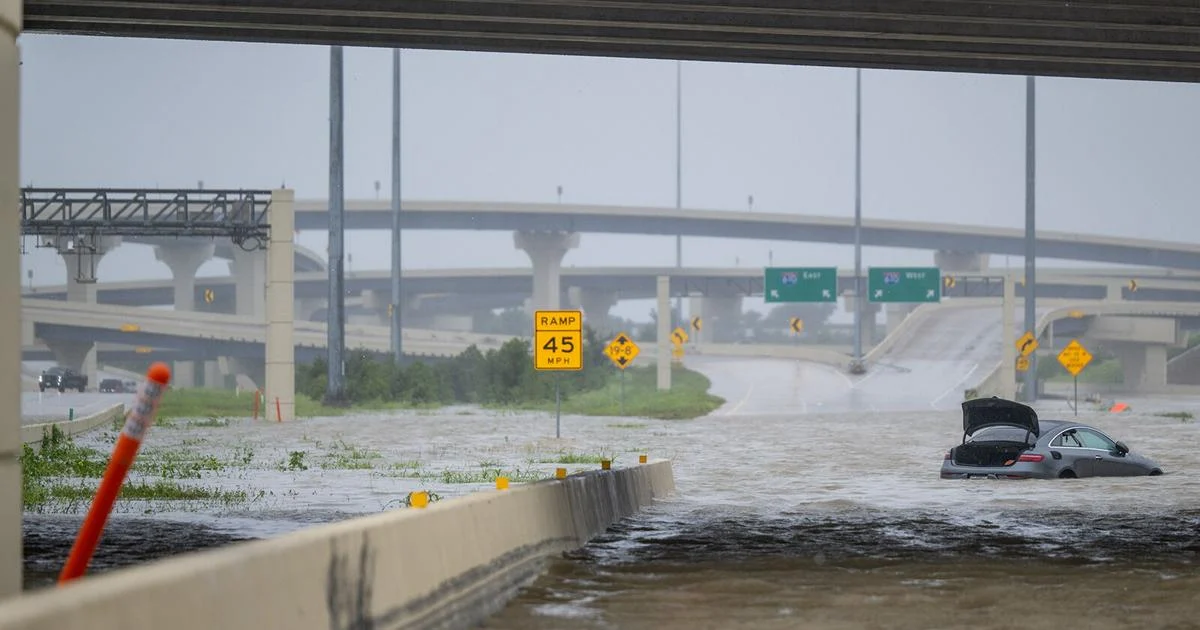Tropical Depression Beryl’s Path and Intensity

Tropical Depression Beryl, the second named storm of the 2023 Atlantic hurricane season, emerged from a tropical wave over the central subtropical Atlantic Ocean on July 4th. Initially classified as a tropical storm, Beryl weakened to a tropical depression on July 6th as it approached the Lesser Antilles.
The depression is expected to maintain its intensity as it moves westward over the next few days. Environmental conditions, including wind shear and dry air, are not favorable for significant strengthening. Beryl is forecast to dissipate before reaching the Caribbean Sea.
Forecasted Track and Intensity, Tropical depression beryl
The National Hurricane Center (NHC) has issued a detailed forecast for Beryl’s track and intensity. According to the latest advisory, the depression is expected to:
- Continue moving westward at 15-20 mph over the next 24-48 hours.
- Maintain its intensity as a tropical depression.
- Dissipate before reaching the Caribbean Sea.
| Date/Time | Location | Maximum Sustained Winds |
|---|---|---|
| July 6th, 11 AM EDT | 13.5°N, 55.2°W | 35 mph |
| July 7th, 11 AM EDT | 15.0°N, 60.5°W | 35 mph |
| July 8th, 11 AM EDT | 16.5°N, 65.8°W | 35 mph |
| July 9th, 11 AM EDT | 18.0°N, 71.1°W | 35 mph |
| July 10th, 11 AM EDT | 19.5°N, 76.4°W | Dissipates |
Potential Impacts of Tropical Depression Beryl

Tropical Depression Beryl poses potential risks to affected areas, including:
Flooding: Heavy rainfall associated with Beryl can lead to widespread flooding. Low-lying areas, river basins, and coastal communities are particularly vulnerable. Rising waters can inundate homes, businesses, and infrastructure, causing significant damage and displacement.
Storm Surges
As Beryl moves closer to land, it can generate storm surges, which are abnormal rises in sea level. Storm surges can cause coastal erosion, flooding, and damage to buildings and infrastructure near the shoreline. Vulnerable communities include those in low-lying coastal areas, such as barrier islands and coastal towns.
High Winds
Tropical Depression Beryl is expected to bring strong winds that can cause damage to trees, power lines, and structures. High winds can also create hazardous driving conditions and disrupt transportation. Communities in the path of the storm should be prepared for power outages and other wind-related impacts.